There are many instruments you can learn to play, but which instrument is the easiest? It depends on your experience, learning style, and goals when it comes to music. This guide will help you find the instrument that best suits your needs, as well as gives you tips to get started right away. Ready to start your musical journey? You’re in the right place!
Table of Contents
Guitar

If you want to learn an instrument and don’t know where to start, guitar is a great option. Not only is it a fun instrument that most people are familiar with, but it’s also fairly accessible.
Unlike a piano or other keyboard instruments, guitars have frets—the little metal bars that separate each individual note—so you can’t easily play something off-key by accident. Because of their frets, guitars are generally easy for beginners and don’t require too much training before you can get good at playing them.
You can find a decent beginner guitar for $150–$200, so there isn’t a huge financial commitment required when starting out either.
Drums
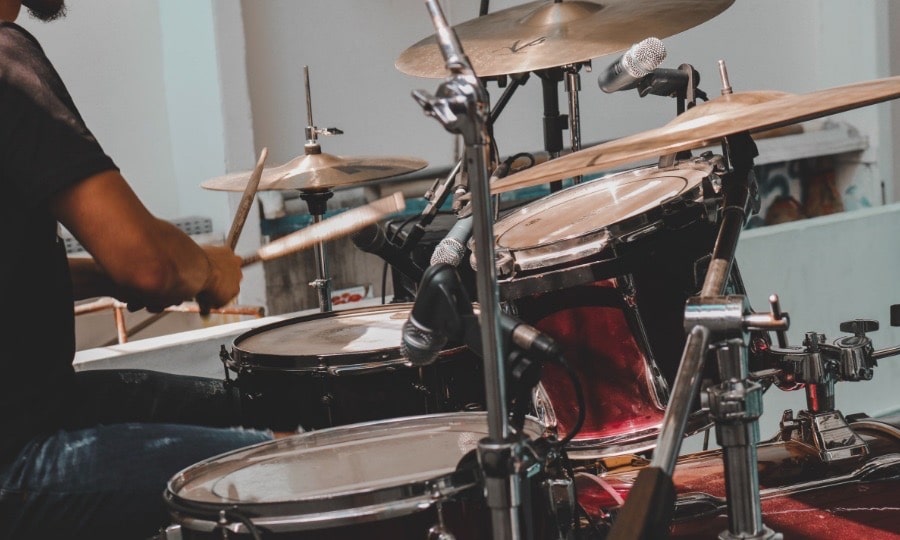
Perhaps no other instrument in music is as associated with rhythm and beat as drums. The sound of a set of sticks on a drum head can make even novice musicians want to get up and dance! With just a simple pair of drumsticks, you can learn how to master rhythms from all over the world, from reggae beats and rock grooves to Afro-Cuban rhythms and African tribal music.
While learning how to play drums may seem intimidating at first, don’t be fooled by these instruments—they are actually one of the easiest instruments for beginners. Whether you’re interested in percussion for fun or because you want to learn an instrument that will teach you patience and focus, there’s nothing more accessible than picking up a pair of sticks.
Bass Guitar

In terms of durability, it’s hard to beat a solid-body electric bass guitar. Many models are built like tanks, letting you take your instrument out for years and years of heavy use with very little worry about breaking them. Not only that, but their thick sound is perfect for filling up an entire band’s low end.
In other words, if you play in a group (even just a duo), having a bass guitar around can be extremely useful for rounding out your sound. That said, solid-body guitars aren’t great for solo performances as much as hollow bodies are. For those situations, try an acoustic electric model instead.
Acoustic electrics are made to simulate the sound of an acoustic guitar by using pickups, but they don’t need any external power source since they have all the amplification power they need built right into the body. Plus, they produce a more natural sound than a hollow body. They do come at a higher price point than many solid-body electric guitars though.
Piano

Learning to play piano is a great way for people of all ages and experience levels to get started with music. The keys are laid out like a keyboard, making it easy for novices and experts alike to play tunes.
Additionally, pianos are available in a variety of price ranges. Electric or digital pianos can cost several thousand dollars, but acoustic or digital pianos can be purchased at prices ranging from less than $200 (sometimes much less) up to the thousands.
The most important thing for beginners is purchasing an instrument that feels good physically; it’s essential that your fingers be able to move easily over each key in order for you to develop good technique. You’ll also want an instrument that fits nicely into your budget without being too expensive.
Flute
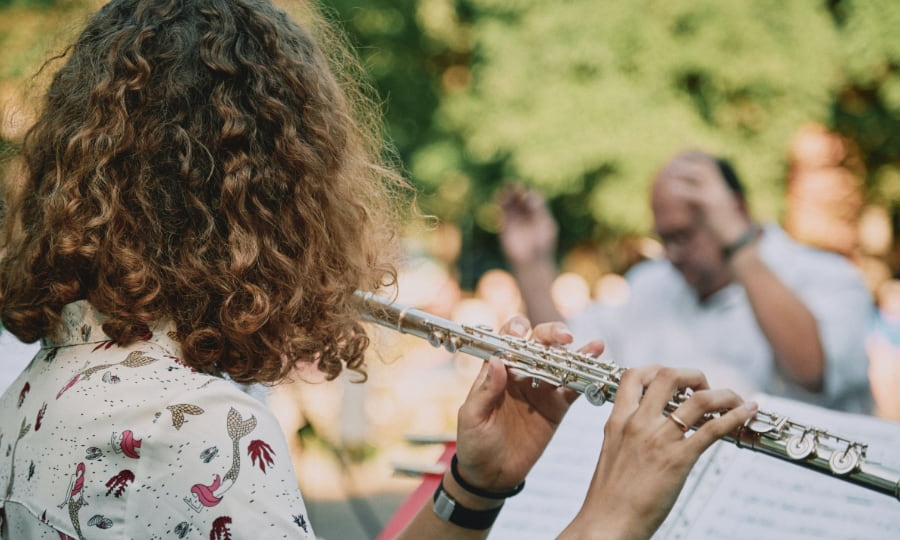
The flute is a very easy instrument to learn and master. It’s similar to playing a recorder, but it’s not as complex as a clarinet or saxophone. The flute can be purchased in most department stores for around $100, making it one of the most affordable instruments available.
Learning how to play isn’t difficult since you only need two fingers—right and left thumbs—to play notes. And unlike some other instruments, mastering how to play won’t take years of practice; simply read up on how to finger notes and where they are located then practice them until you get them right!
As with any instrument, you’ll have to put time into learning the basics before starting to tackle more advanced songs. You’ll also want to make sure that your breath control is solid before beginning lessons with an instructor so that he or she will know what technique should be focused on during instruction.
If you’re looking for an easier-to-learn musical instrument, start with the flute today!
Violin

The violin is one of several musical instruments in a string family, which also includes cellos, violas and basses. Strings resonate a longer time when their length is shortened by half (by either pressing down or pulling up on them), as opposed to notes played by percussion instruments. The strings also vibrate over a wider surface area than drums and other percussive instruments do, giving them more volume.
Violins have four strings tuned in perfect fifths and can be bowed with a horsehair bow or plucked with fingernails. Violinists learn how to hold the instrument properly by balancing it between chin and shoulder using a left-hand fingerboard that runs under its belly.
Saxophone
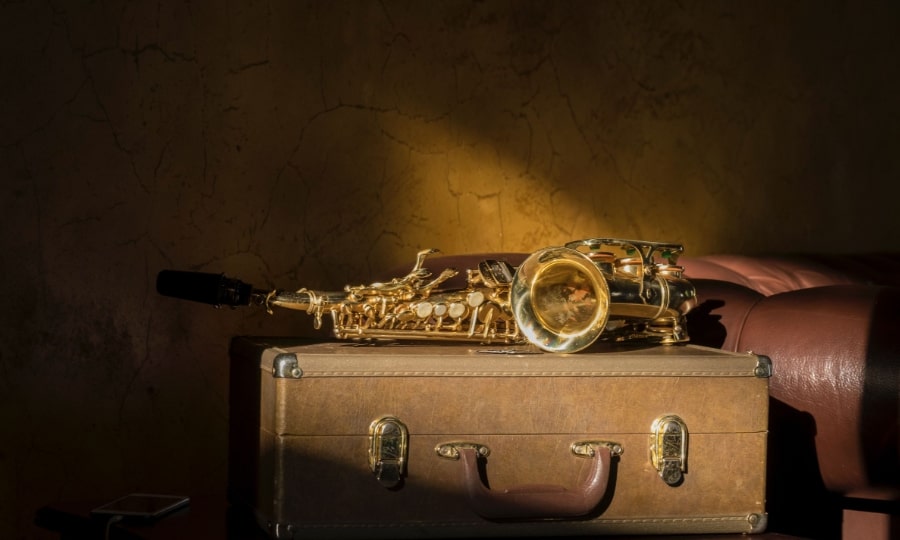
If you’re interested to learn an instrument but have no idea where to start, you can’t go wrong with a saxophone. Known for its range of sound and agility, a saxophone is both visually captivating and incredibly versatile. It can be played alone or with an ensemble; it has been featured in everything from jazz and blues songs to classical symphonies and rock ‘n roll. Saxophones are also easy to pick up; many musicians recommend starting on one if you’re brand new because they don’t require as much physical strength as other instruments like bass or guitar.
The saxophone is about the size of a clarinet, so you can find them at most music stores. Plus, it’s relatively inexpensive – so if you’re just starting out, this could be the perfect fit!
Recorder

If you’re a total beginner and want to get started fast, it doesn’t get much easier than a recorder. This is because there are no keys or fingers involved; all you have to do is blow into it. As a result, recorders are typically easy for kids and early elementary school students (and they’re great instruments for homeschooling). If you just can’t carry a tune in a bucket, though, don’t worry. Recorders use fixed-pitch fingerings (meaning there are only one or two notes per hole), so if your brain isn’t wired for music, that’s actually an advantage! For example, with most other woodwinds, the fingering for B♭ would be as follows: 1 – 2 – 3 – 4 – 5 – 6; however, with the recorder it’s simply 1 – 2.
Trumpet
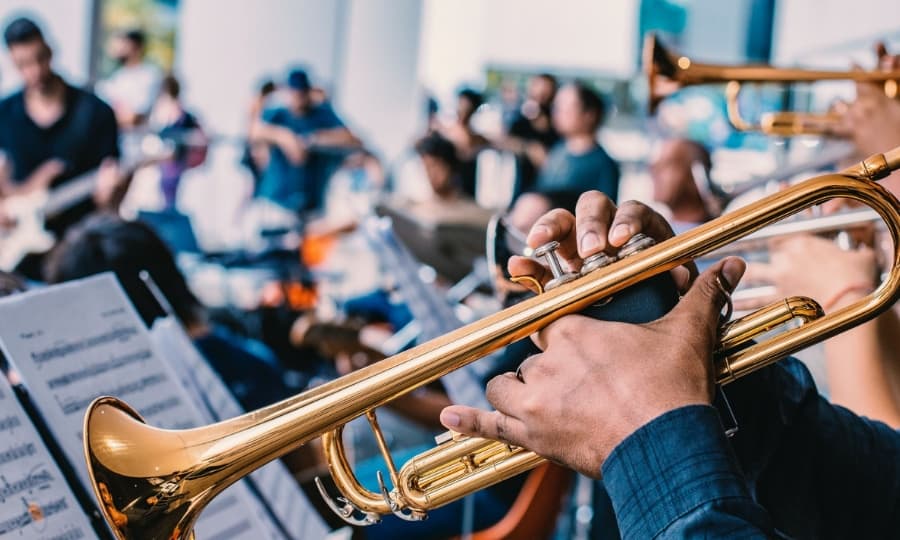
The trumpet is one of several instruments that requires a player to blow into a mouthpiece. The mouthpiece can be tricky for new players, but a good fit makes learning how to play much easier. Trumpet is one of the easiest instruments to learn because of its simplicity in design. It doesn’t have as many parts or notes as other musical instruments do.
Trumpet can get you started in playing music and can provide for years of entertainment and memories with friends and family members. After all, what could be better than playing your favorite song?
It is possible to find lessons at almost any price point from free beginner lessons on YouTube to classes locally. There are also lots of schools that offer private lesson packages too! Even if you live in a small town without many options for classes, there are still ways for you to learn and take your first steps into the world of Music.
Ukulele
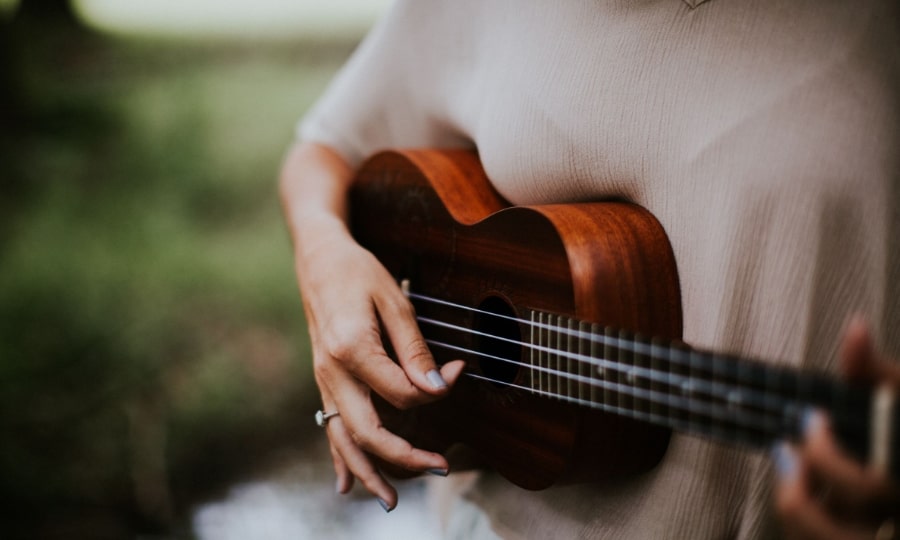
Who knew that a four-stringed instrument, often called a banjo uke or pineapple ukulele, could be so much fun? It’s true! The Ukulele is one of today’s fastest growing instruments. With popular music like Wonderwall by Oasis, and I Wanna Be Sedated by The Ramones featuring it prominently in their repertoire, there can be no doubt that the Ukulele is here to stay. A relatively easy instrument to learn how to play right away, making it one of the most beginner friendly instruments out there.
With a soft, warm sound and small size that makes it easy to travel with, what’s not to love about it? It’s no wonder then, that many people wanting to pick up a new hobby have decided that learning how to play the Ukulele.
The Harp
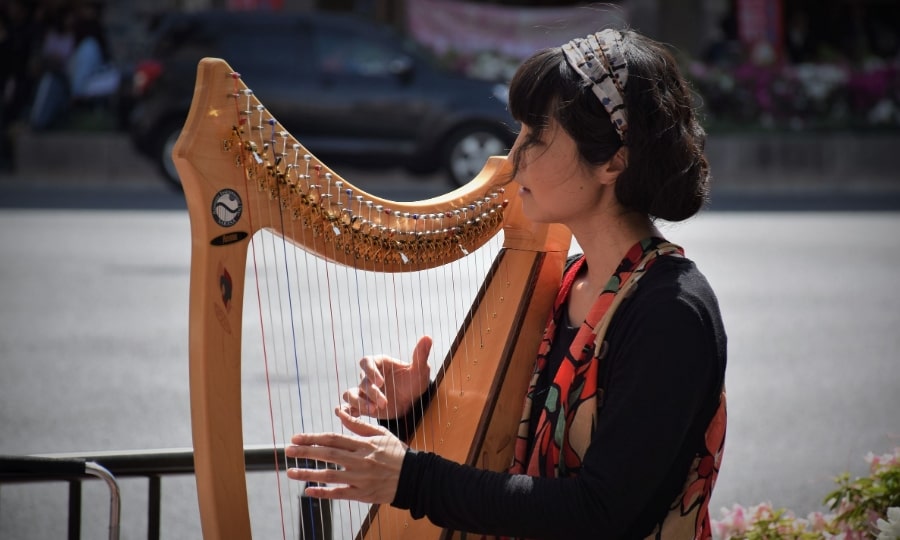
There are so many reasons why harps are a great instrument for beginners. For one, you don’t need any special equipment. You can just buy a harp and start playing it, no problem. Harps don’t even really require any daily maintenance either. They’re really quite low-maintenance instruments in that sense! When it comes to its sound, too, there are many different kinds of harps that range from big and beautiful to small and quaint. Harps also have such a pleasant tone quality that many people find them very soothing to listen to as well—so they’re great if you enjoy calming music.
Harps are also quite easy to learn how to play, too. You can learn basic melodies right away and even make up your own songs with ease. There’s a reason why harps have been around for so long; they’re very user-friendly, so learning how to play is never much of a challenge for anyone! If you like music that’s classic, elegant, and sophisticated but also simple and light-hearted at times, then a harp is perfect for you!
Clarinet
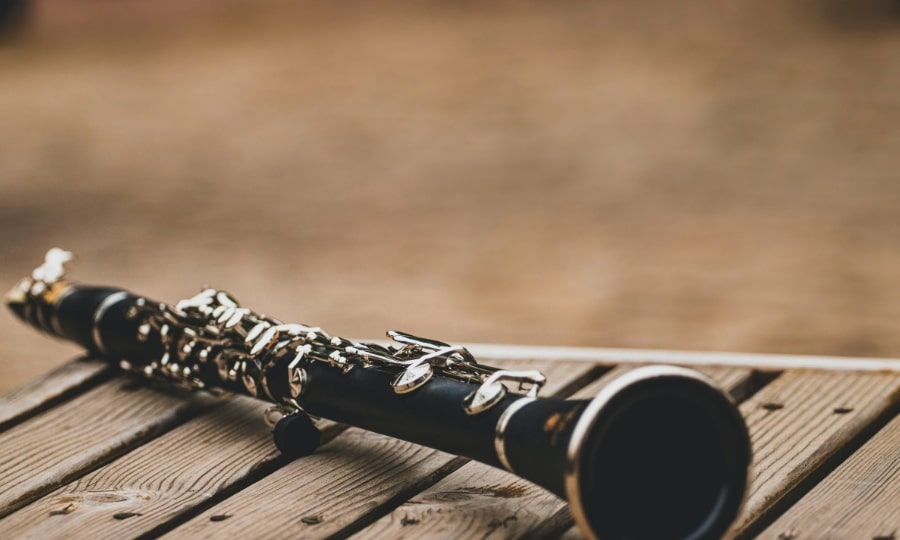
If you’re a total beginner, starting with an instrument with fewer notes and holes is ideal. As an added bonus, woodwind instruments also tend to be less expensive. Clarinets are great for learning how to play music as they only have three (yes, three!) keys. Clarinets are typically made of hardwood, which gives them a pleasant sound when played. All in all, it’s a great first instrument that allows beginners to pick up different techniques fairly quickly! Make sure you learn how to properly hold your clarinet before diving into your first lesson! Here’s a handy guide we found that helps illustrate proper posture and fingering technique… Click here for more information.
Castanets

Playing with castanets is a fantastic way to get started to learn an instrument and it’s also a great way for kids to have fun while learning. Castanets are easy to play with and can be made of all sorts of materials, like wood or plastic.
This makes them appealing and kid-friendly, which encourages your child not only to learn but also to build their coordination skills as they learn. As you might imagine, kids who start playing with castanets when they’re young will develop their coordination faster than kids who start out much older because their fingers are smaller so they’ll be able to hit those tiny bells easier than someone with larger hands could ever hope too.
Playing with castanets is also great for anyone who wants to become a master of rhythm. When you play with them, you’ll have a steady beat going, which means you can keep time with your feet as well. Rhythm is fundamental in music and playing with castanets will help you get better at it much faster than any other type of instrument could. Playing along to music also forces you to get in tune with every beat, thereby improving your timing as well. And let’s not forget about singing!
Tambourine
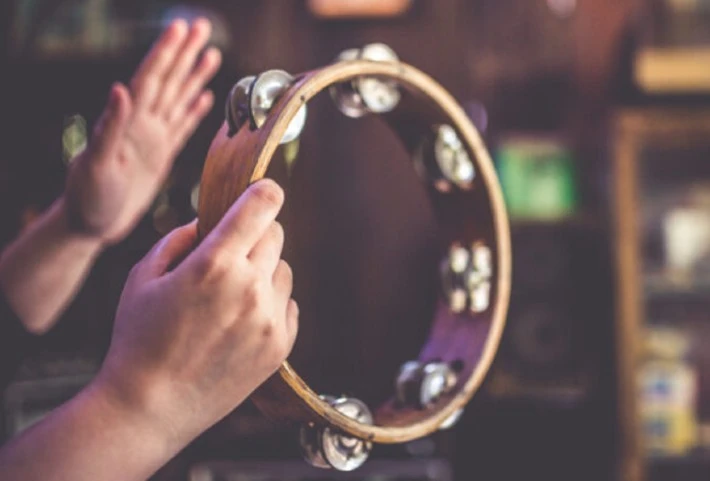
Percussion instruments like tambourines are great for beginners because they’re easy to learn and can be played as part of a band. It only takes a couple of notes to learn one song, and that’s exactly what makes them so accessible; you don’t have to spend weeks learning a bunch of complicated music before being able to play live gigs.
As your skills improve, you can even start branching out into more complicated songs by switching over to an advanced version of your starter instrument. This is great if you have multiple people in your family who want to play; just put everyone in their own band! They might even start competing against each other at local talent shows.
Learning how to play a musical instrument has a lot of benefits. It can help you build finger strength, master coordination, and improve your reflexes. Plus, it’s a great way to spend quality time with friends and family while also creating unique music that no one else will be able to replicate! The tambourine is an especially good option for beginners looking for an easy instrument.
DJ Controller
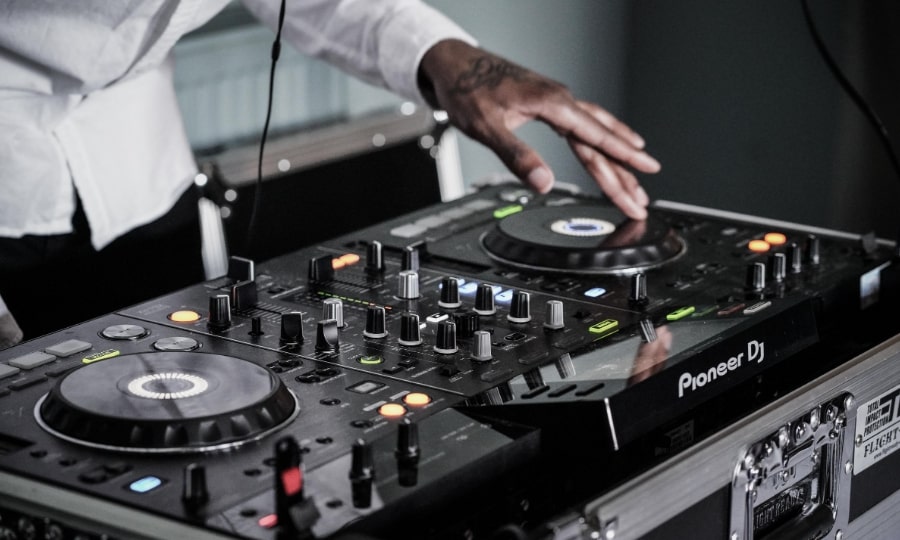
While it might seem daunting at first, DJing is incredibly easy. There are few things more fun than sharing your passion for music with others and you’ll find that getting started with a basic set-up is quick and painless.
A simple controller will let you start mixing tracks right away and many offer multiple learning tools including pads, buttons, faders, knobs, and even effects. The best part? You don’t need deep pockets; there are affordable options available as well as more advanced gear (depending on your skillset). Once you’ve purchased your controller of choice—or decided to go fully DIY—you’ll have plenty of support.
Online forums like those at GearSlutz help beginners learn new techniques while professionals answer questions about different gear or specific tasks. Meanwhile, YouTube tutorials can take you from scratch in time to produce your own beats in no time.
Right now, we’re living in an age where the only limit is what’s possible and when it comes to audio equipment like this, the sky’s the limit!
Trombone
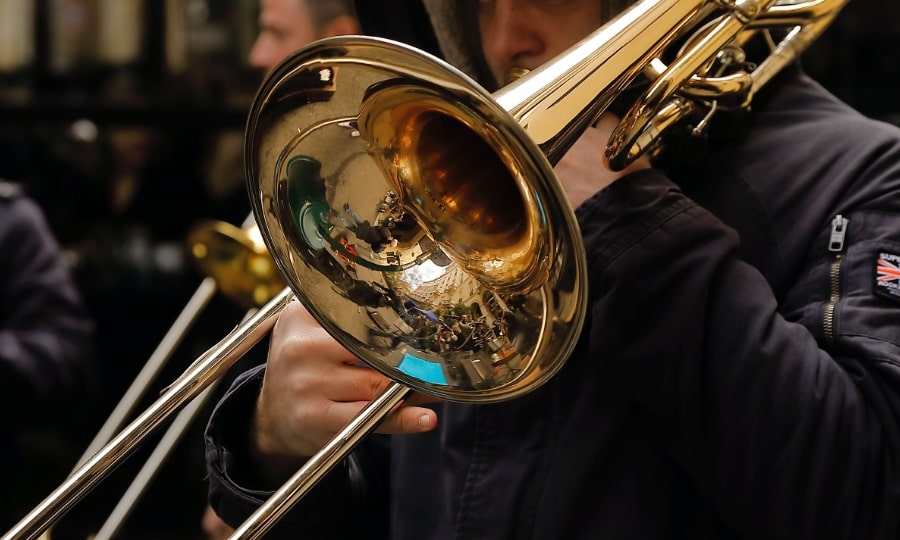
The trombone is one of the most versatile instruments in all of music. It’s been used in orchestras, jazz bands, marching bands, and rock bands. Despite being a powerful instrument, it’s also very easy to play, making it an ideal starting point for anyone interested in playing music.
Final Words
The easiest instrument to learn is, of course, whatever appeals most to you. When choosing a musical instrument, what matters is that you do it—not necessarily which one you choose. After all, if you like one, but never take it out of its case for fear of embarrassment (or similar), your instrument isn’t going anywhere.
That’s why we recommend the parents in music lessons classes to push their kids towards an instrument they’ll love and will want to practice. The best way for children (and adults) to learn anything is by enjoying themselves while doing it!
Check also:
Top 25 Easy Harmonica Songs Recommended For Beginners

![What Is The Easiest Instrument To Learn [Our Top 16]](https://calibbr.com/wp-content/uploads/2022/07/Our-Top-16-Easiest-Musical-Instruments-To-Learn-min-800x400.jpeg)






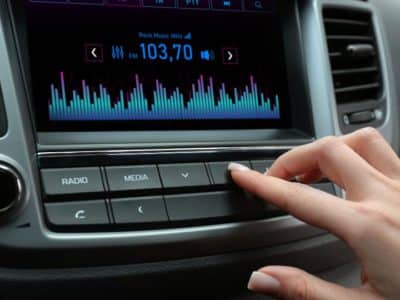

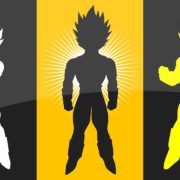




![The Top 12 Best One Piece Arcs [Ranked]](https://calibbr.com/wp-content/uploads/2022/06/The-Top-12-Best-One-Piece-Arcs-Ranked-180x180.jpeg)
Hi! many thanks for the useful recompilation, I´d wish to share with you an honest music instruments . I hope assist you to seek out Good Music instrument